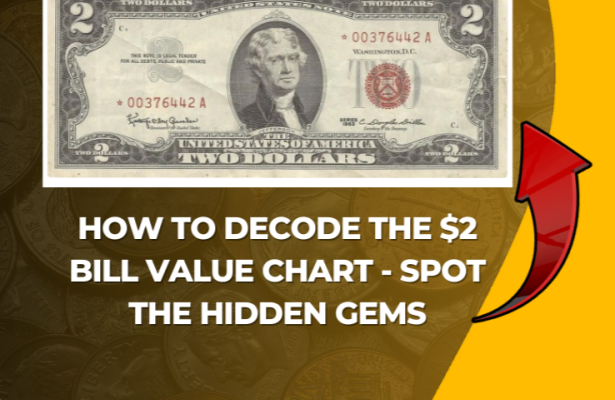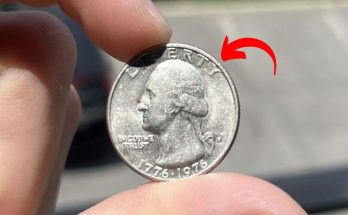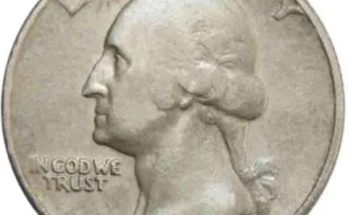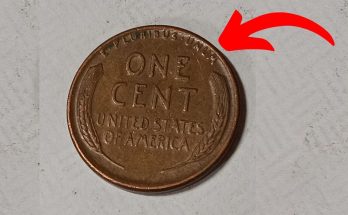The $2 bill, often overlooked in daily transactions, holds a unique place in U.S. currency history. While many consider it a mere novelty, certain $2 bills can be worth significantly more than their face value.
Understanding the factors contributing to their value is essential for collectors and enthusiasts alike.
Understanding the $2 Bill Value Chart
Several key factors influence the value of a $2 bill:
Age and Series: Older bills, especially those from the 19th and early 20th centuries, tend to be more valuable. For instance, uncirculated $2 bills from the 1890 series can fetch over $4,500.
Condition: The bill’s condition plays a crucial role. Uncirculated notes (never folded or handled) are more valuable than those showing signs of wear.
Serial Numbers: Unique serial numbers, such as those with low numbers (e.g., 00000001) or patterns (like palindromes), can increase a bill’s value. Star notes, indicated by a star symbol at the end of the serial number, are replacement notes and are often rarer, adding to their worth.
Printing Errors: Bills with printing errors, such as misaligned prints or ink smears, are rare and can be highly sought after by collectors.
$2 Bill Value Chart
Here’s a breakdown of the estimated values for various $2 bill series:
| Series Year | Seal Color | Circulated Value | Uncirculated Value | Notes |
|---|---|---|---|---|
| 1862 | Red | $500+ | $1,000+ | First $2 bill issued during the Civil War era. |
| 1890 | Brown | $2,000+ | $4,500+ | Known as “Treasury Notes,” highly sought after. |
| 1928 | Red | $5 – $50 | $100+ | “Red Seal” notes; value varies with condition. |
| 1953 | Red | $2.25 – $6.50 | $12+ | Common among collectors; star notes are more valuable. |
| 1963 | Red | $2.25 – $6.50 | $12+ | Similar to 1953 series; check for star notes. |
| 1976 | Green | $2.50 | $4.50 | Introduced for the Bicentennial; first with green seal. |
| 1995 | Green | $2.25 – $3.25 | $18.50 | Star notes from BEP Millennium Folder are valuable. |
| 2003 | Green | $2.25 – $3.00 | $900+ | BEP Premium Set star notes are highly prized. |
| 2013 | Green | $2.10 – $2.25 | $2.25 – $3.00 | Modern issues; generally worth face value unless uncirculated. |
| 2017 | Green | $2.00 | $2.10 | Current circulation; typically worth face value. |
Identifying Hidden Gems
To determine if your $2 bill is a hidden treasure, consider the following steps:
- Examine the Serial Number: Look for unique patterns, low numbers, or a star symbol. A $2 bill with a serial number like L 00000008* recently sold for $1,631, despite its poor condition.
- Assess the Bill’s Condition: Uncirculated bills are more valuable. Even a slight crease can significantly reduce value.
- Check for Printing Errors: Misprints can substantially increase a bill’s worth. For example, a $1 bill with mismatched serial numbers sold for $30,000.
- Consult a Professional: If you believe your bill is valuable, seek an appraisal from a currency expert or a reputable dealer.
Conclusion
While many $2 bills are worth their face value, certain factors can significantly increase their worth. By understanding the nuances of the $2 bill value chart and knowing what to look for, you can uncover hidden gems in your currency collection.



